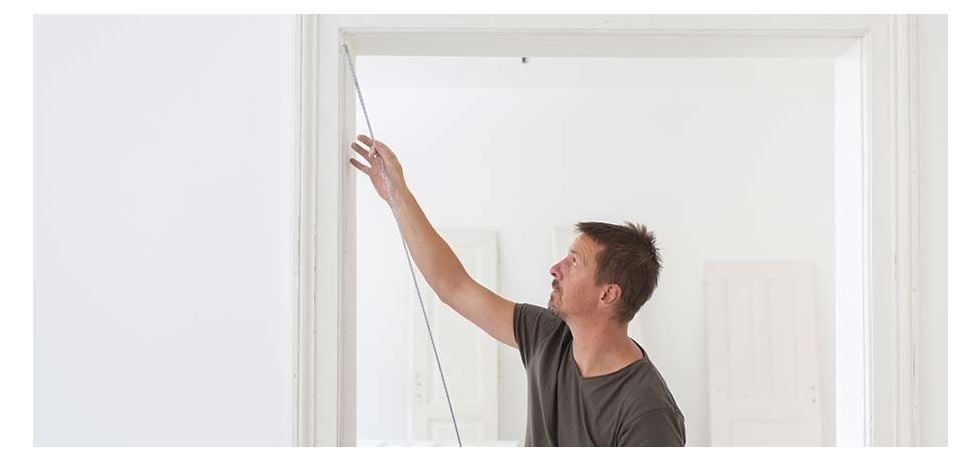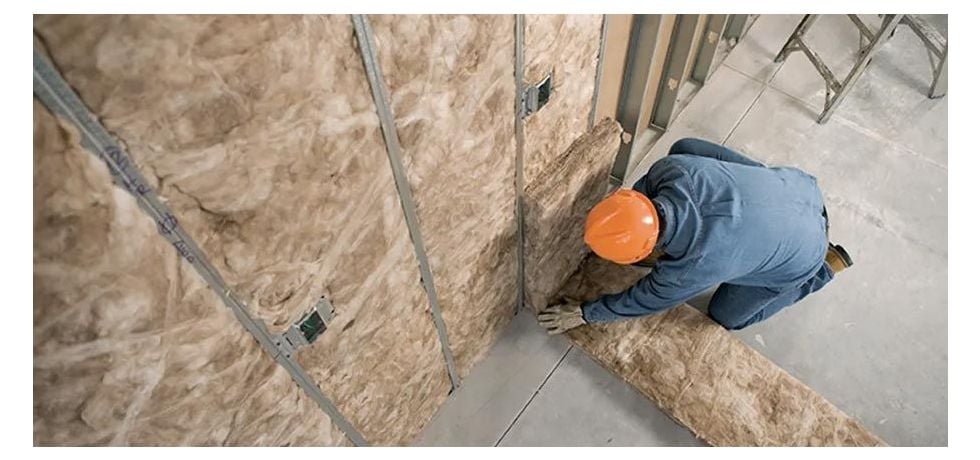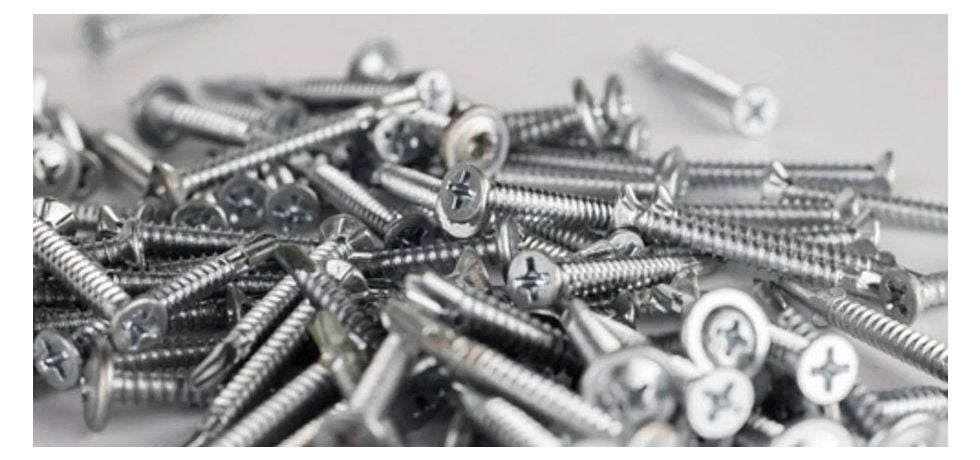- Home
- Building Materials
- Bricks & Blocks
- Aircrete Blocks
Aircrete Blocks
-
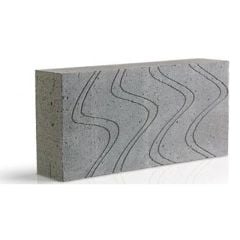
Forterra 100mm Thermalite 3.6N Shield Block - T...
£3.00inc VAT
SKU: TBBTHERM100SHAvailable - 5 - 7 Working Days -
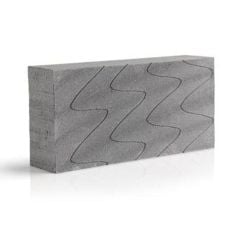
Forterra 100mm Thermalite 7.3N Hi-Strength Bloc...
£4.68inc VAT
SKU: TBBTHERM100H7Available - 5 - 7 Working Days
Find out more about Aircrete Blocks
Aircrete blocks, also known as autoclaved aerated concrete (AAC) blocks, are lightweight building materials made from a mixture of cement, lime, water, and a foaming agent. This combination creates a cellular structure that gives aircrete its unique properties.
One of the primary advantages of aircrete blocks is their excellent thermal insulation capabilities. The air pockets within the blocks provide a high level of energy efficiency, helping to maintain comfortable indoor temperatures while reducing heating and cooling costs. This makes aircrete an ideal choice for environmentally conscious building projects.
Additionally, they are fire-resistant, offering enhanced safety in construction. They are also resistant to mould and pests, which contributes to a healthier living environment. The lightweight nature of these blocks makes them easier to handle and transport, potentially reducing labour costs during construction.
They can be used for various applications, including load-bearing walls, non-load-bearing partitions, and even roofing systems. Their versatility, combined with their eco-friendly attributes, makes them a popular choice among builders and architects looking for sustainable and efficient building materials.
In summary, aircrete blocks provide a combination of strength, insulation, and ease of use, making them a valuable option in modern construction.
Aircrete Blocks FAQs
What are aircrete blocks made of?
Aircrete blocks are made from a mixture of cement, lime, water, and a foaming agent. The foaming agent creates air pockets within the material, giving aircrete its lightweight and insulating properties. This unique composition makes them an efficient and versatile building material.
What are the benefits of using aircrete blocks?
The benefits of using aircrete blocks include:
Excellent Thermal Insulation: The air pockets within the blocks provide high energy efficiency, helping to maintain comfortable indoor temperatures.
Lightweight: Aircrete blocks are much lighter than traditional concrete blocks, making them easier to handle and transport.
Fire Resistance: They are non-combustible and offer enhanced safety in construction.
Mold and Pest Resistance: Aircrete blocks resist mold growth and pests, contributing to a healthier living environment.
Versatility: They can be used for various applications, including load-bearing walls and non-load-bearing partitions.
Eco-Friendly: Aircrete blocks are made from sustainable materials and contribute to energy-efficient building practices.
These benefits make aircrete blocks a popular choice in modern construction.
Can aircrete blocks be used for load-bearing walls?
Yes, aircrete blocks can be used for load-bearing walls. They are designed to provide structural support while also offering benefits like insulation and fire resistance, making them suitable for various construction applications. Just ensure that they are properly specified and installed according to building codes and structural requirements.
How do aircrete blocks compare to traditional concrete blocks?
Aircrete blocks compare to traditional concrete blocks in several ways:
Weight: They are significantly lighter than traditional concrete blocks, making them easier to handle and transport.
Insulation: They provide better thermal insulation due to the air pockets within them, which helps improve energy efficiency in buildings.
Workability: They are easier to cut and shape, allowing for more flexibility in construction.
Fire Resistance: Both types of blocks are fire-resistant, but aircrete blocks have enhanced properties due to their composition.
Cost: While the initial cost may vary, the energy savings and ease of installation with aircrete can lead to lower overall project costs.
Overall, they offer advantages in terms of weight, insulation, and ease of use compared to traditional concrete blocks.
Are aircrete blocks environmentally friendly?
Yes, aircrete blocks are considered environmentally friendly. They are made from sustainable materials and have a lower carbon footprint compared to traditional concrete blocks. Additionally, their excellent insulation properties contribute to energy efficiency in buildings, reducing heating and cooling needs, which further benefits the environment.
What is the typical lifespan of aircrete blocks?
The typical lifespan of aircrete blocks can be quite long, often exceeding 50 years or more when properly maintained. Their durability and resistance to mould, pests, and fire contribute to their longevity in construction. However, the actual lifespan can depend on factors such as environmental conditions, installation quality, and maintenance practices.
Do aircrete blocks require special tools for cutting?
Aircrete blocks do not necessarily require special tools for cutting, but using the right tools can make the process easier and more efficient. Common tools that work well include a handsaw, a power saw with a diamond blade, or a specialised aircrete cutting saw. These tools help achieve clean cuts and maintain the integrity of the blocks during installation.
Can aircrete blocks be painted or finished?
Yes, they can be painted or finished. Before painting, it's important to ensure that the surface is clean and dry. A primer may be recommended to enhance adhesion and ensure a uniform finish. Various types of paint can be used, including latex or masonry paint, depending on the desired aesthetic and durability. Finishing options can also include stucco or plaster for added texture and protection.

